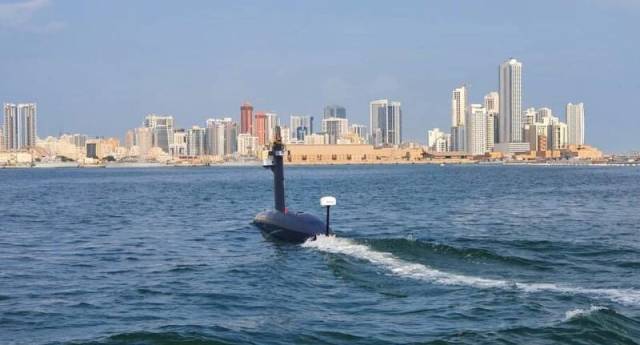
Image source: topwar.ru
For the first time, the US Navy will use an unmanned surface ship DriX USV with an artificial intelligence function in major international naval exercises, according to the website of the French developer iXblue, part of the Exail group.
The IMX23 naval exercises will be held from March 5 to 16 in the coastal waters of Jordan and Bahrain. They will be attended by more than 50 partner countries and international organizations operating in the Persian Gulf, the Arabian Sea, the Gulf of Oman, the Red Sea, the Indian Ocean and coastal areas of East Africa. The maneuvers will involve 7,000 military personnel, 35 ships and more than 30 unmanned naval vehicles and artificial intelligence systems, including the Exail DriX USV.
The purpose of these exercises is to evaluate the use of combined unmanned technologies for the deployment of Allied naval forces in the Persian Gulf region. The unmanned ship DriX USV, interacting with other vessels, will perform tasks of maritime reconnaissance and anti-mine missions.
— said Guillaume Edelin, Director of the autonomy market at Exail.
The unmanned surface vessel Exail DriX USV can reach speeds of up to 14 knots, while being in autonomous navigation for 24 hours. At a speed of seven knots, the drone can sail for seven days, at four knots — ten days. The ship is designed for high-quality collection of visual, acoustic and other data both in shallow water and at great depth, including for the detection of sea mines.
DriX USV is capable of operating in fully autonomous, semi-autonomous and direct remote control modes. In autonomous mode, the onboard autopilot directs the vessel along a given trajectory generated by control and guidance algorithms. The onboard homing device allows the vessel to safely return to the starting position.
